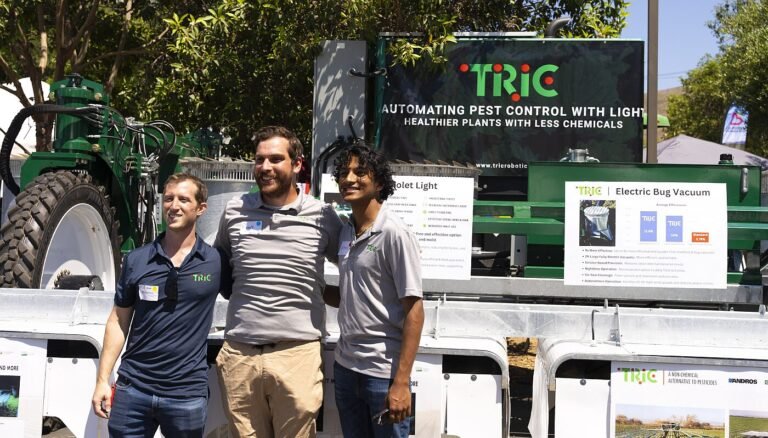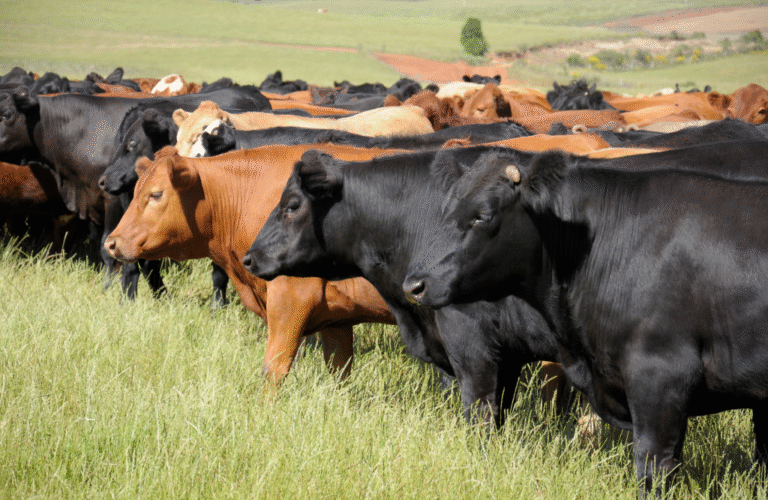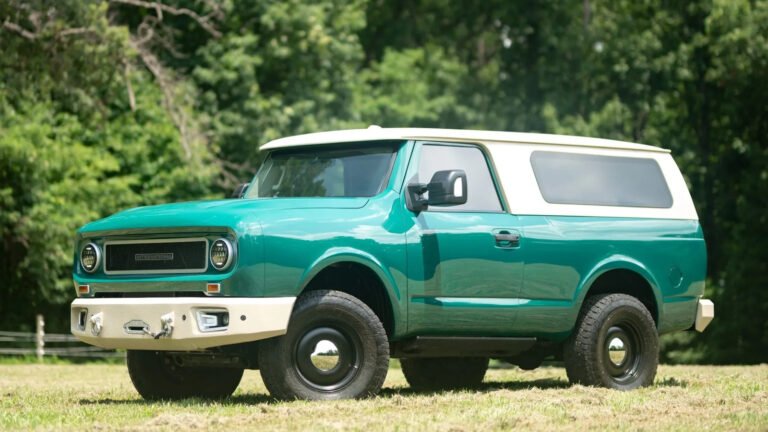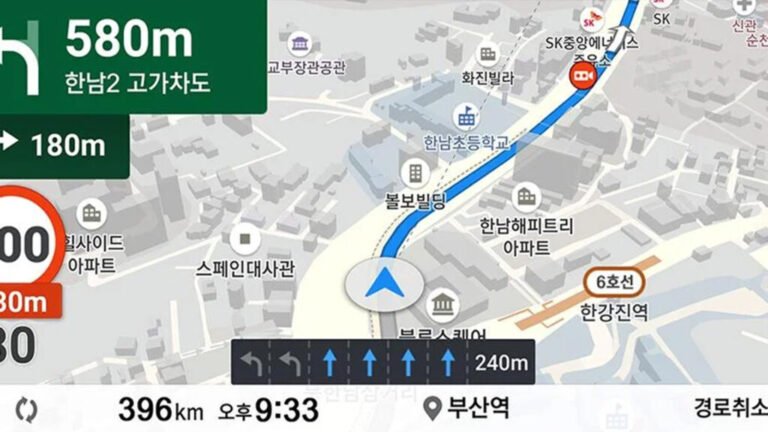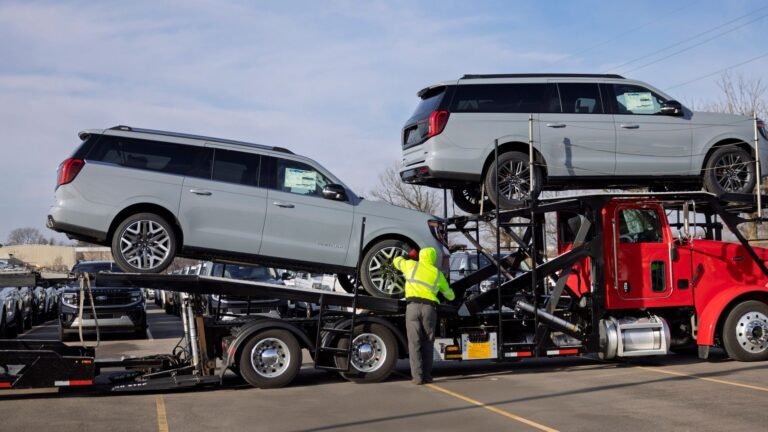
Tomorrow, agtech company Laudando & Associates (L&A) will release its L&Aser technology module for laser weeding crops under a global open-source license on developer platform GitHub, following new developments in the legal battle between the company and its competitor Carbon Robotics.
Carbon Robotics filed a lawsuit* in October 2024 alleging that L&A infringed two of its key patents: Patent # 12108752 and Patent # 12127547. UpStream Ag Insights has already provided a thorough breakdown of the patents in question and how they work, noting that, “Essentially, Carbon Robotics claims that L&A’s technology not only performs the same weed eradication tasks but does so using the same structured process and equipment configurations described in their patents.”
Since the initial filing, a federal court has granted Carbon Robotics a motion for a preliminary injunction against L&A, which in essence bans the latter from manufacturing, using, or selling its machines in the United States until the case is resolved.
L&A has responded to the injunction with the announcement that it will release its L&Aser module to GitHub on June 27, “nullifying all commercial value & proprietary ownership potential for the lowest $/watt laser weeding technology on the planet.”
The release includes “all source code, software, hardware reference designs & BOM, vendors, firmware, targeting, tracking, & perception algorithms and work instruction under AGPL + CERN OHL.”
The response from the agtech sector has been strong on both sides of the fence, and arguments grow louder each day as the tension (and number of social media posts) around the situation increases.
‘An ethical choice’ vs ‘an almost meaningless lawsuit’

Many in the agtech industry have taken to LinkedIn to share their thoughts, and many of these posts and comments have been in support of L&A, which is widely seen as the underdog in this situation, given Carbon Robotics’ hundreds of millions in funding and high-profile backing from NVIDIA.
“This choice speaks volumes, and may help raise awareness for how the system is often weaponized to prevent disruption,” one commentator wrote in response to L&A founder Chris Laudando’s announcement about the GitHub release.
Another, responding to the same thread, called the move “an ethical choice,” while others offered workspace and capital in other countries. Still others referred to Carbon Robotics as “bullies” and spoke of how “the big dogs throw their weight around to stop innovation.”
Some—who asked not to be named for this story—have been less sympathetic to L&A and see the case as “an almost meaningless lawsuit” that moves discussion away from more important topics such as the broader advancement of robotics and automation in agriculture.
“The entire thing has me frustrated because it’s such a distraction from the stuff we should be talking about— which robots are working and which ones should growers be looking at/considering buying,” said one industry source, who spoke on the condition of anonymity.
According to court filings, Carbon Robotics argues that without the preliminary injunction, the company “will immediately suffer harm in four ways: (1) loss of market share; (2) loss of opportunity to expand the laser-based weeding market; (3) damage to plaintiff’s reputation; and (4) price erosion.”
Carbon Robotics declined to be interviewed for this story. NVIDIA, which has invested in Carbon Robotics, also declined to be interviewed.
‘Agriculture needs free and independent innovation’

Conversely, Laudando has regularly updated his LinkedIn channel with news on the lawsuit, and told AgFunderNews that he has been working “behind the scenes with a lot of open-source advocates to get the horsepower and the interest to a point where once the release [of L&Aser on GitHub] happens, people are already waiting to take that code and put it on things they have prepared.”
Asked what the significance of the GitHub release will be, he said, “It means that the world’s most efficient laser-weeding system is in the global commons. Farmers everywhere [will] have access to it and have people creating workflows that can help the average farmer manifest that in their shop.”
“I’ve anticipated having to go this route since the beginning,” he added.
On a higher-level note, he talked of agriculture needing “free and independent farmers” and “free and independent innovation in order to thrive.”
“But what we’ve got is a coordinated, concerted effort by a number of incumbent parties—either knowingly or unknowingly turning a blind eye—that have an imperfect system that can be exploited to stack the cards for them.
“They end up in control. They get an outcome that they want. Outcomes aren’t the result of hard work, talent, or free and fair competition. Outcomes are preordained, and anything that threatens to escape or result in an unintended outcome will face the full might of the system.”
‘It’s going to cost a lot of money to get to the next step’
What appears to have pulled the switch on the GitHub release relates to the financial cost of the suit. Laudando has said, both on LinkedIn and to AgFunderNews, that his company cannot afford to fight the case.
“We cannot afford our counsel and the court will issue an automatic judgement against us,” he noted. “It’s a very preposterous situation that still hasn’t gotten to the point where Carbon actually gets to learn how our technology works for the first time.”
To get to that point takes a whole lot of money, he said.
“An injunction is a very early determination,” Daniel Gervais, a professor of law and director of the Vanderbilt Intellectual Property Program at Vanderbilt University, told AgFunderNews.
The injunction, he said, “doesn’t mean that the patent is valid. It doesn’t mean the patent is infringed. But it means it’s going to cost a lot of money to get to that next step, to determine what the patent means.”
That step is known as a Markman hearing, in which a judge determines what the patent in question means. It’s also the point at which Carbon Robotics would, as Laudando said, learn how L&A’s tech actually works.
Costs to reach these steps can go into hundreds of thousands, or even go into seven digits, according to Gervais.
The L&A vs. Carbon Robotics case has not yet reached this step. At last check, a judge issued a motion to stay the case “to permit defendants to obtain substitute counsel by the deadline previously set by the Court.”
On Friday of last week, L&A issued an objection to the stay.
According to court documents viewed by AgFunderNews, L&A “communicated to [its] former counsel that I [Laudando] believed such a stay would function primarily to benefit Carbon Robotics by relieving them of their upcoming obligation to serve infringement conditions on June 20, 2025.
“In so doing, they’ve succeeded in obtaining relief from deadlines that would have required them to make binding representations to the Court concerning the scope and validity of their infringement claims.”
The stay automatically lifts on July 2.

‘We all want laser weeding to work’
Some have questioned the lawsuit in light of the fact that both parties’ stated goal is the same: to provide farmers with tools that let them move away from chemical inputs for weeding.
The debate over the health impacts of chemical herbicides rages on, but their negative impact on things like soil health and biodiversity is widely accepted. At the same time, weed resistance to herbicides has become a major problem for farmers in the US, who see yields and, therefore, earnings decrease as a result.
Laser weeders promise an alternative to these chemicals, and a possible solution to weed resistance.
“Both companies agree on the problem being faced (herbicide overuse, soil degradation) BUT disagree fiercely on who gets credit for the solution,” Andrew Young, an advisory board chair for various ag-related companies, wrote on LinkedIn.
“This raises a prickly question … Does cut throat competition accelerate progress, or does it force innovators to guard secrets like dragons hoarding gold?”
As Danny Bernstein, CEO of ag robotics incubator The Reservoir suggests, any and every solution might be necessary at this point.
“We all want laser weeding to work, we all want input alternatives to work,” he tells AgFunderNews. “I don’t care if it’s laser or electric or if it’s some hot oil thing [also known as thermo micro-dosing]. These things need to scale.”
To that end, he adds, “We need more shared infrastructure in agtech so that innovative companies can build on it. It would be exciting to see companies being able to use Carbon Robotics’ tech to build new form factors for different crop environments.”
Bernstein argues that other industries, from mobility and software to even hardware, “have shown how IP holders can enable a broader ecosystem without giving up their edge.”
“Other industries have been able to find a path for that, and I trust that Carbon Robotics will as well. I trust that in two years, Carbon will have a thriving developer ecosystem.”
*The case is: Carbon Autonomous Robotic Systems Inc. v. Laudando & Assoc., filed in the California Eastern District Court on October 31, 2024. Case: 2:24-cv-03012
The post Innovation chokehold or ‘meaningless lawsuit’? Agtech weighs in on the Carbon Robotics vs. Laudando & Associates case appeared first on AgFunderNews.

